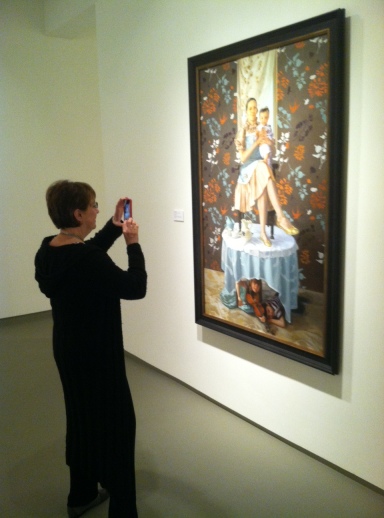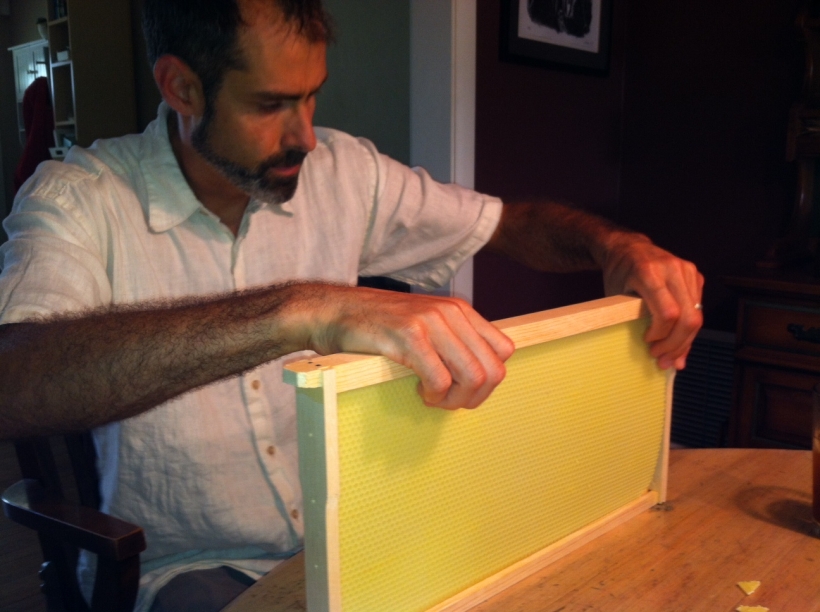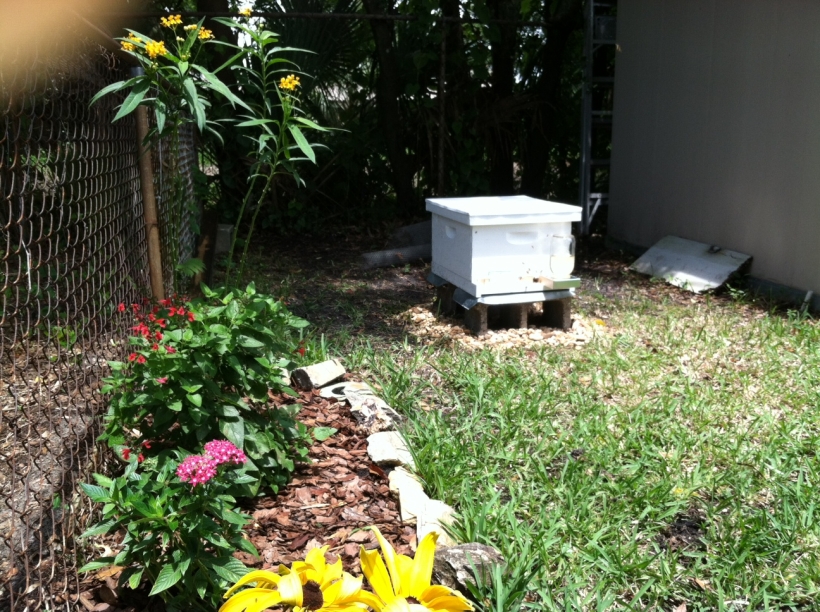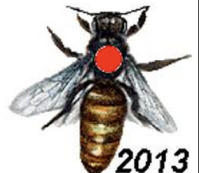“Heidi, would you mind stopping by 329 East Bay Street before we leave town?”
We were on our way out of Charleston during our recent road trip, and my niece Heidi graciously agreed to stop her SUV long enough for me to catch a snapshot of the Grimké House basking in the bright morning sun. Its open arms-double staircase once welcomed visitors with a hospitable hug. (Until recently it housed attorneys’ offices, so you can draw your own conclusion about its more recent history!)
This house was made famous by Sue Monk Kidd’s book of historical fiction The Invention of Wings. Here is an excerpt from my review:
“ . . . the novelist creates parallel stories representing two strata of early nineteenth-century America, alternating chapters with the voices of two engaging characters: the aristocratic Sarah Grimké and the hand-maid (creative name for slave) assigned to her, Hetty Handful Grimké. Kidd’s sweeping novel is set in motion on Sarah’s eleventh birthday, when she is given ownership of ten-year-old Handful. Over the next thirty-five years, both strive for a life of their own ‘bucking the constraints of cultural attitudes toward women and slavery, which Sarah and her sister openly challenged.'”
All the purple passages quotes today are pulled from the pages of The Invention of Wings, Sue Monk Kidd’s historical fiction about the Grimké family:
The Weather
“I slipped through the back door into the soft gloom, into the terror and thrill of defiance. The sky had gone cobalt. Wind was coursing in hard from the harbor.” (50)
(We experienced a Charleston, SC storm downtown as we entered this city May 7, 2015)
Mosquitoes
Mother Mary had ordered “the mosquito netting out of storage and affixed above the beds in anticipation of the blood-sucking season, but having no such protection, the slaves were already scratching and clawing their skin. They rubbed themselves with lard and molasses to draw out the itch and trailed its eau de cologne through the house.” (56)
(Disparity between the races no longer noticeable in Charleston today, at least to tourists. )
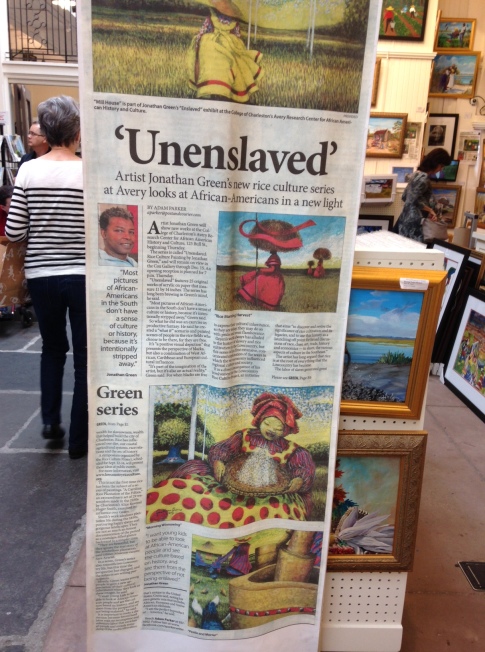
Despair
“My breath clutched at my ribs like grabbing hands. I closed my eyes, tired of the sorry world.” (280)
Missing Someone
Sarah’s unrequited love: “Nina was speaking now, her face turned up to Theodore’s, and I thought suddenly, involuntarily of Israel and a tiny grief came over me. Every time it happened, it was like coming upon an empty room I didn’t know was there, and stepping in, I would be pierced by it, by the ghost of the one who once filled it up. I didn’t stumble into this place much anymore, but when I did, it hollowed out little pieces of my chest.” (281)
Yearning for a better world
[Lucretia] “leaned toward me. ‘Life is arranged against us, Sarah. And it’s brutally worse for Handful and her mother and sister. We’re all yearning for a wedge of sky, aren’t we? I suspect God plants these yearnings in us so we’ll at least try and change the course of things. We must try, that’s all.’” (275)
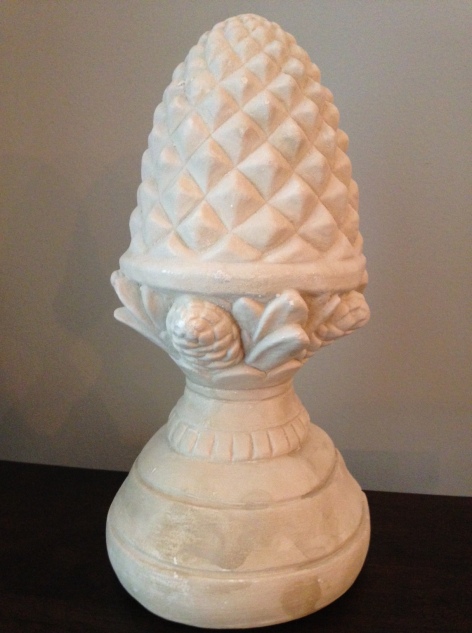
We must try, that’s all!
Share your words: your thought, a quote or story adds to the conversation. It’s always nice to meet you here!
Coming next: Jenna’s Rainbow Cake: A Pot of Gold?










